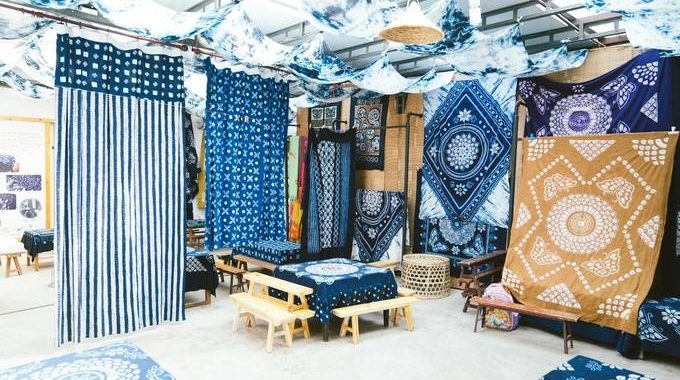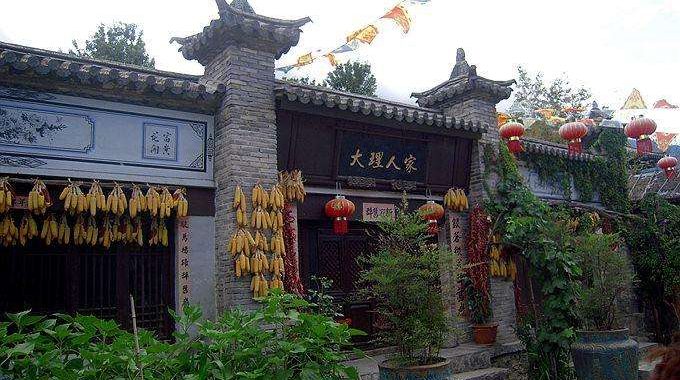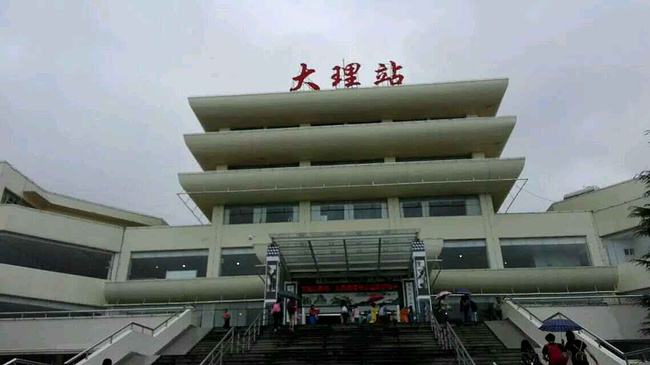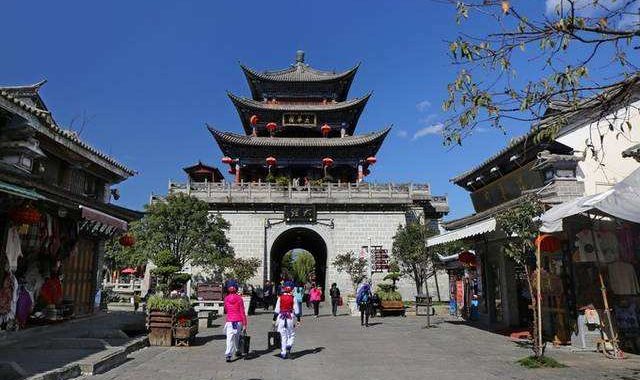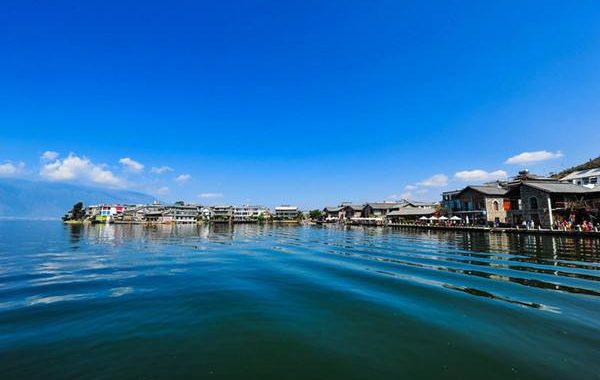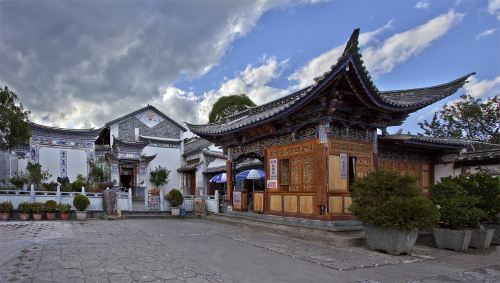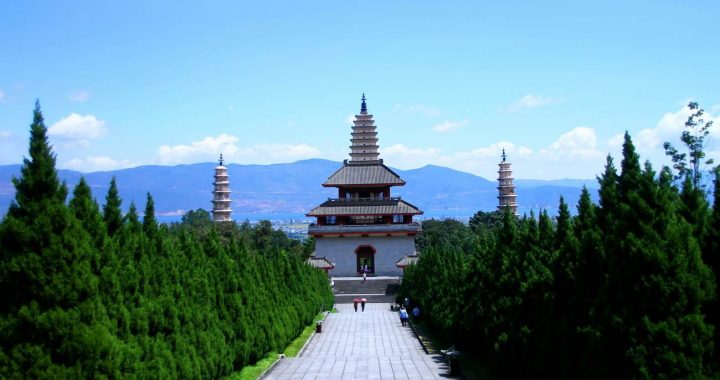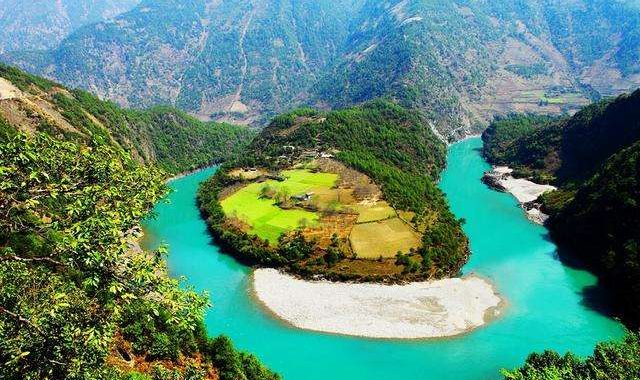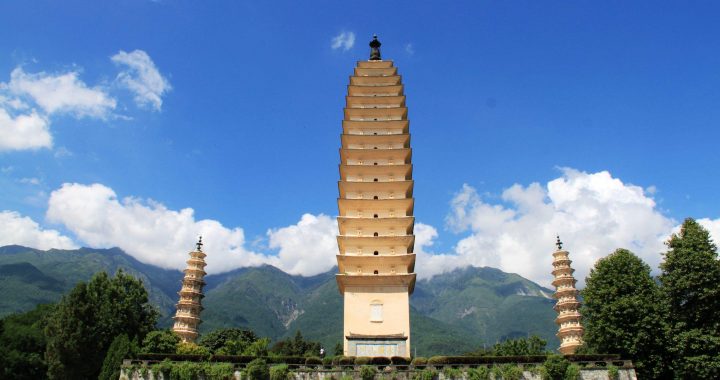Dali,the Jewel of the Southwest
3 min readDali is a little present waiting for you after a strenuous journey by road.It offers a lake shore dotted with rustic villages,mountains cut with waterfalls and the relaxed atmosphere of a backpacker’s retreat.
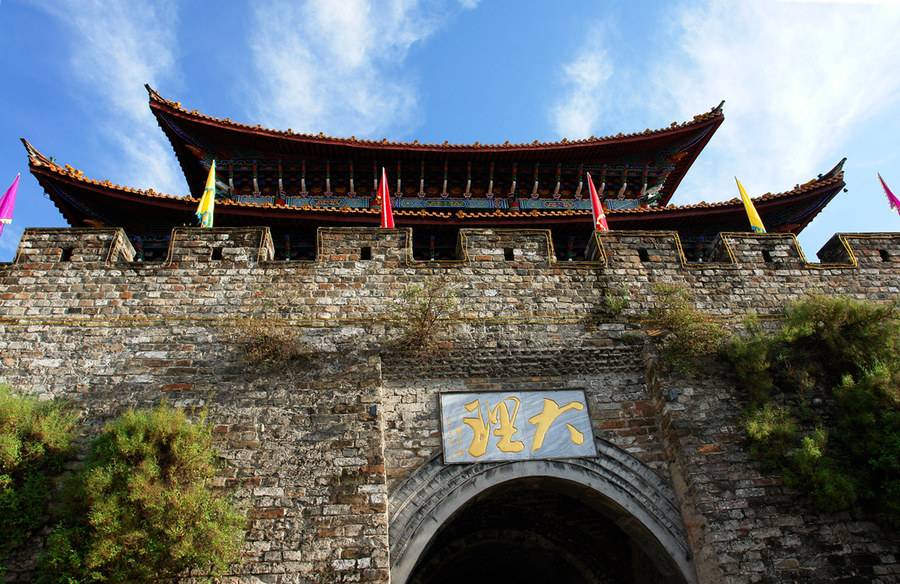
Dali’s Bai ethnic group celebrate one of their many festivals.
While tourists choke its streets today,centuries ago Dali was visited by flocks of foreign invaders,who coveted this little town for its favorable location near the Silk Road.Legend goes that Piluoge,an 8th century prince from Yunnan,invited his rivals to a feast,burnt them alive,then set out to merge six small Dai kingdoms into the powerful Nanzhao Kingdom.Dali,called Taihe at the time,became the capital of this powerful kingdom,which dominated northern Yunnan and upper Myanmar.From here,the ruler of Nanzhaocontrolled the trade route to India until the kingdom fell in the 13th century under the attack of the Mongol armies of Kublai Khan.
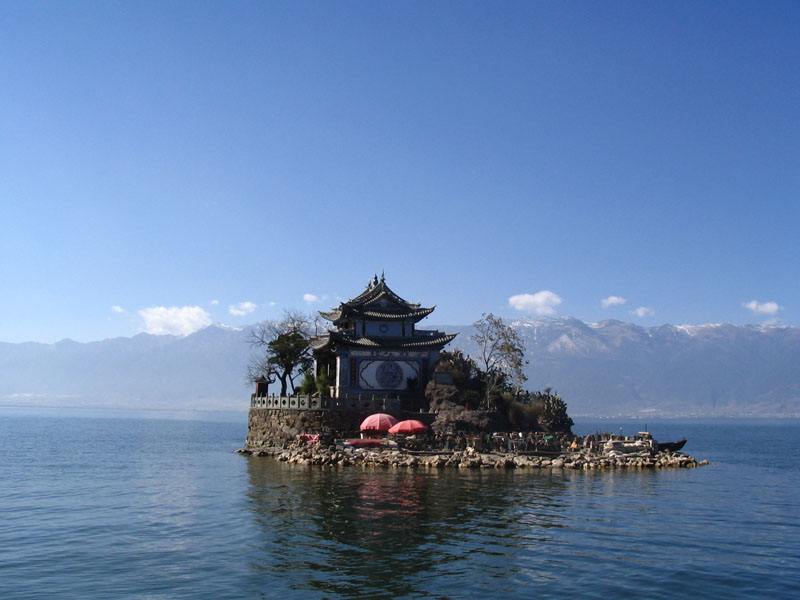
Set against the stunning mountain backdrop of Cang Shan in northwest Yunnan Province,lackadaisical Dali holds very little to remind the visitor of its turbulent past.In the revitalized town of 01d Dali(dali gucheng),a backpacker’s paradise of cappuccinos and pizza joints alternate with traditional shops selling tea,Chinese medicine and handicrafts.The cobbled streets of the old town are filled with the patter of feet as tourists and locals alike take leisurely jaunts through the small town.Be aware that the nearby town of Xiaguan is also called Dali City.Don’t end up in the middle of Xiaguan wondering why the small town has suddenly turned into a midsized gray city.
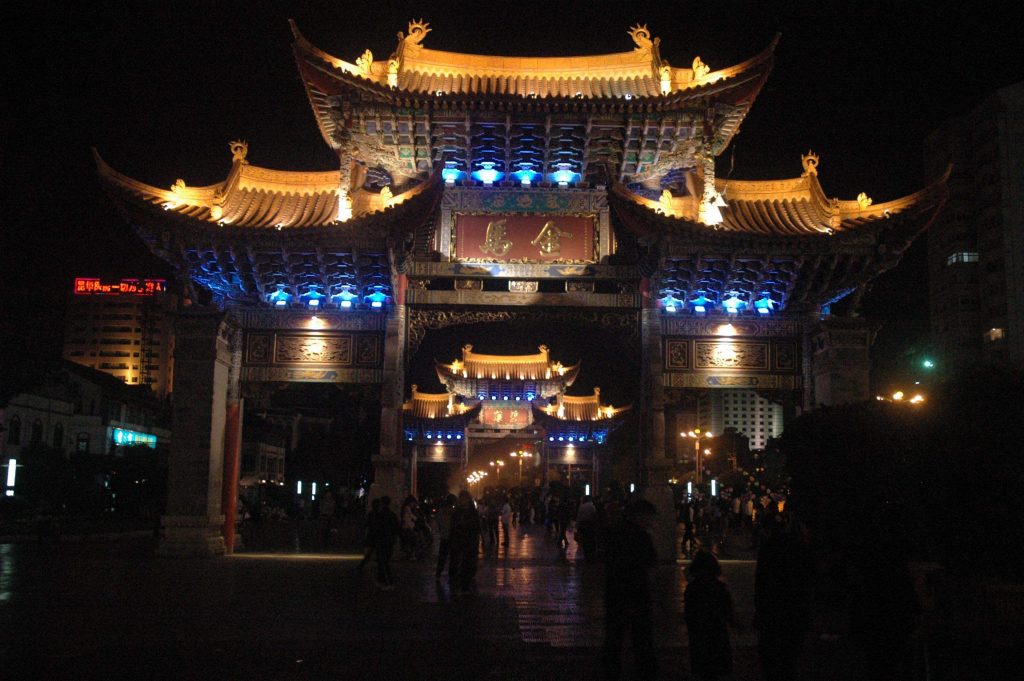
While a modern brush has touched Dali,this quaint town perched 1,900m above sea levelstill retains much of its charm.Architecture is often Bai-inspired.The Bais,an ethnic minority,form the majority in Dali vis-a-vis the Han,Hui,Yi and Tibetan ethnic groups.
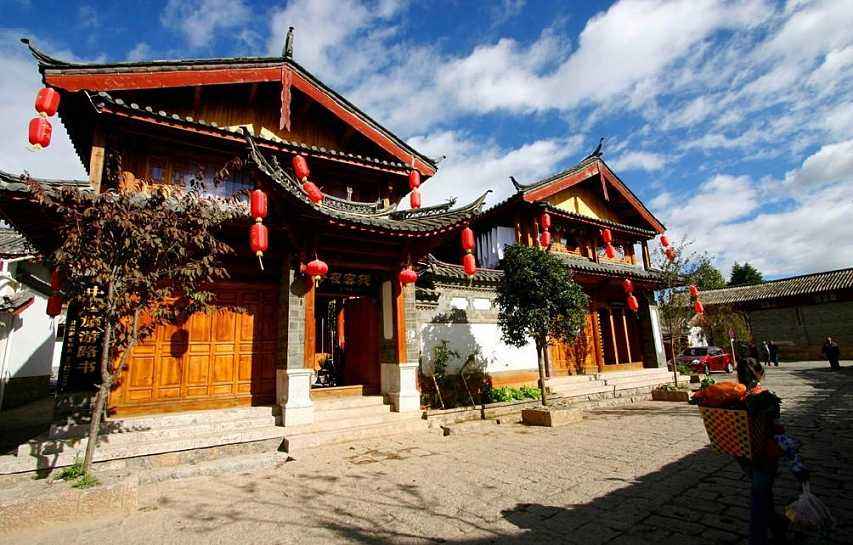
The indigenous Bai community has grown long roots here.They number over a million today.
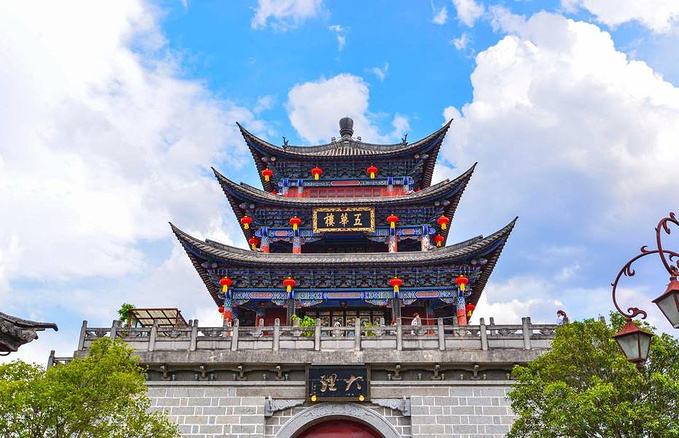
Their cultural influences are found in Dali Town,and in surrounding villages,especially around the Erhai Lake region,just east of Dali.Their homes are often two-story stone and wood abodes,topped by double-tiered roofs with wooden folding doors and ornamental windowpanes.Being artistically inclined,Bais love to decorate their walls with elegant wash paintings.Courtyards are very popular and well-tended.Bai women adore flowers and camellia and bougainvillea plants are a common feature at home.It also gives the Bai women,clothed in ethnic hues,their nickname“Golden Flowers.”
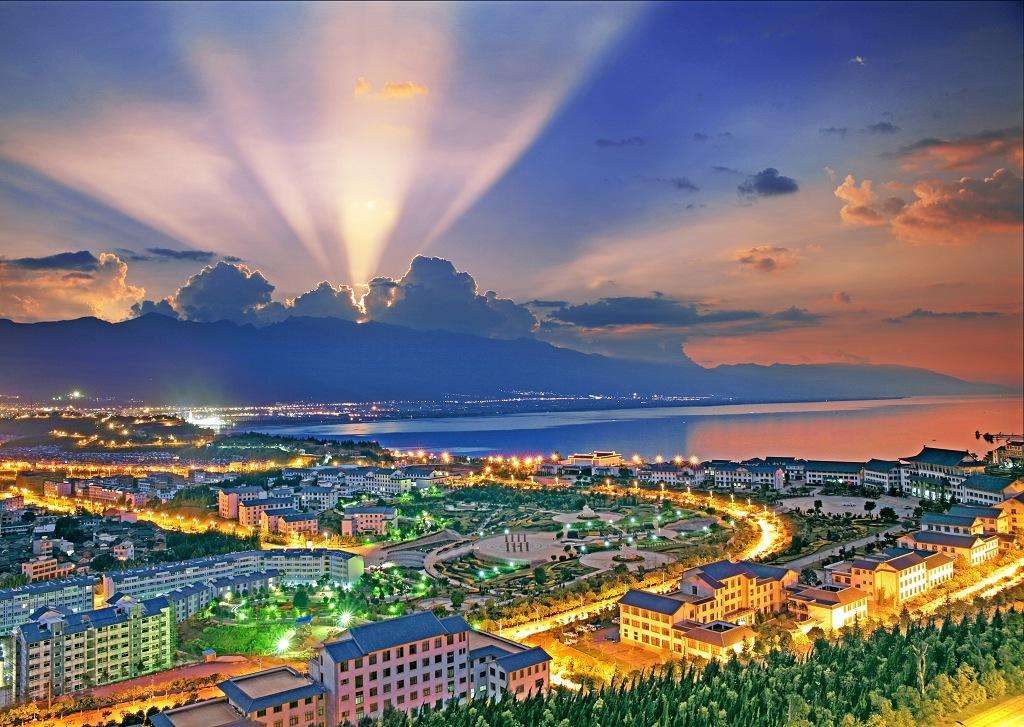
Dali’s fanous three pagodas reflect off a still lake while aountains rise in the backeround.(dali sont)To fully appreciate Bai-style architecture,cuisine,their fragrant tea and distinctive culture,head for Xizhou(xizhou)and Zhoucheng.The Yan,Hou and Zhou Compounds in Xizhou,a photogenic village 12 miles(20 km)north of Dali,are good examples of the Bai flair for architecture and elegant living.Zhoucheng Village,some 19 miles(30 km)north of Dali,has made a specialty of”tie-dying”.Bai women are masters of this folk art.

Using a special dye called banlangen,the women paint designs of animals and flowers onfabric tied with threads.The threads are cut,and these colorful handkerchiefs,blouses,and scarves flutter like flaming banners in the courtyards as they dry in the sun.
